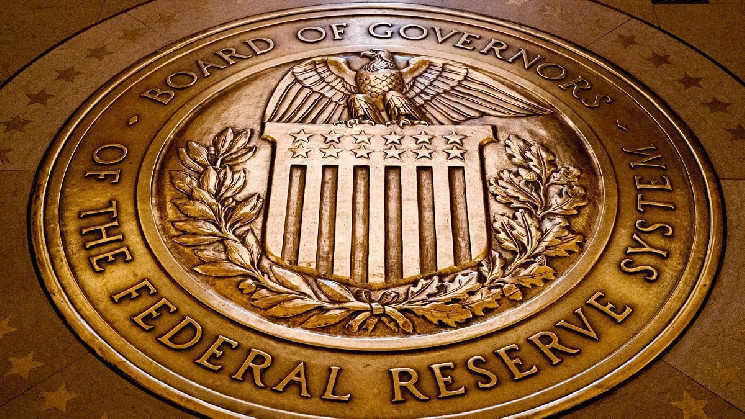As the FED completes a year of historic monetary policy moves, discussions have already begun about what could happen in 2025.
Speaking on CNBC’s The Exchange, Torsten Slok, partner and chief economist at Apollo Global Management, offered a contrarian view: The Fed may not only have to keep interest rates steady but also raise them again next year.
Slok pointed to stronger-than-expected economic data as a key factor that could influence the Fed’s decisions. According to the Atlanta Fed, U.S. GDP grew 2.8% in the third quarter of 2024 and is projected to reach 3.3% in the fourth quarter. That growth far exceeds the Congressional Budget Office’s forecast for a sustainable 2% growth rate and suggests the economy remains strong despite previous rate hikes.
Inflation data also supports Slok’s view. The November consumer price index (CPI) came in at 3.3%, while other measures, such as the Atlanta Fed’s permanent CPI and the Cleveland Fed’s median CPI, are ranging between 3% and 4%. These levels are well above the Fed’s 2% inflation target and underscore ongoing inflationary pressures.
“Despite the Fed raising interest rates since March 2022, we are still seeing strong economic growth and sticky inflation,” Slok said. “This suggests that monetary policy may not be as restrictive as some think.”
Slok also pointed to potential policy changes under the Trump administration as factors that could contribute to inflationary pressures if he is re-elected in 2024. Proposed measures such as lower corporate taxes for domestic producers, tighter immigration controls and adjustments to customs duties could provide upward thrust to both inflation and economic growth.
“These policies could push inflation higher in 2025 and make it harder for the Fed to justify rate cuts,” Slok said.
The discussion also touched on how financial conditions, supported by rising stock and crypto markets, could complicate the Fed’s task. Slok attributed some of that optimism to “election-fueled euphoria,” but warned that loose financial conditions could increase the risks of overheating.
“When you look at emerging markets, strong growth and stubborn inflation, it’s hard to argue that cutting interest rates is the right move,” he added.
Slok’s outlook challenges the common view that the Fed could cut rates as early as mid-2025. Instead, it highlights the risk of higher interest rates, especially if inflation is more persistent or policy changes under a new administration further increase price pressures.
“When we look at the data, everything points to the possibility that the Fed may have to raise rates again next year,” Slok said. “It will be very important for policymakers to ignore theoretical models and focus on real-world dynamics.”
*This is not investment advice.

